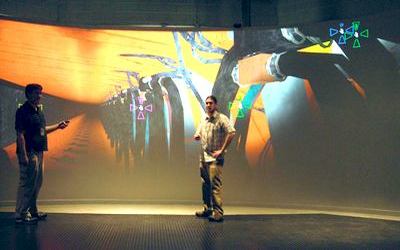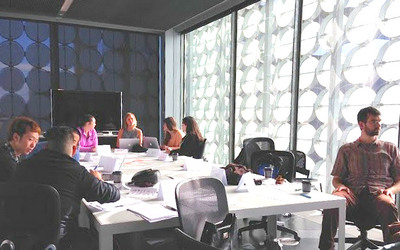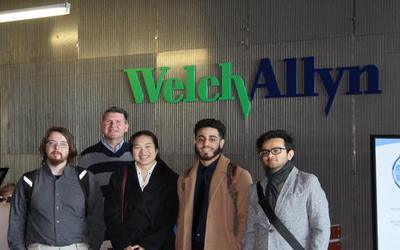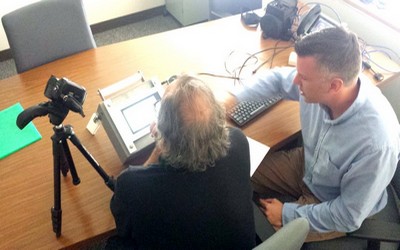
Career Options
In modern society we interact with multiple devices in many different ways; and the interface between humans and the computers they use is crucial to facilitating this interaction. Desktop applications, web pages, smartphone apps, and computer kiosks make use of the prevalent Graphical User Interfaces (GUI) of today. Our graduates go out into the world and seek to improve the usability of these and many other forms of human-machine interfaces.
Possibilities include a wide range of jobs in product development, web development, software development, consulting (HCI focused firms and more general), and quality assurance. Many people assume that our graduates all go to work for software companies in California, and while some do, the majority of our graduates work for a wide range of companies all over the USA and internationally; from banks to fashion houses, from museums to major retailers, from educational institutions to product design companies.
Some Facts and Figures
For a number of years now the masters degree has been seen as the entry level qualification for many professions (New York Times, 2012).
The average salary for someone working in Human Computer Interaction is $69,000, for a User Interface Designer it is $81,000 and for a User Experience Designer it is $91,000. These figures are averaged over the whole of America and higher in major cities (Simply Hired, 2017).
A Masters Degree in HCI has been classed as one of the best 15 graduate degrees by salary (Forbes, 2017 and IFLS, 2017) and one of the top 15 graduate degrees for jobs (Fortune, 2015). Even Popular Science magazine predicted that Human-Robot Interaction is one of the top 10 jobs of the future (Popular Science, 2010).
Students Out in the Real World
 |
 |
 |
|---|---|---|
| Students Working at NIOSH | Students Working in Australia | Students Working at Welch Allyn |

In Their Own Workplace
A number of students join the HCI masters program while still employed, many tie in their research projects to their employer's needs. The image to the left shows HCI student, Patrick Toohey, running uability tests on new products in his workplace at Mettler Toledo (a manufacturer of laboratory equipment).

